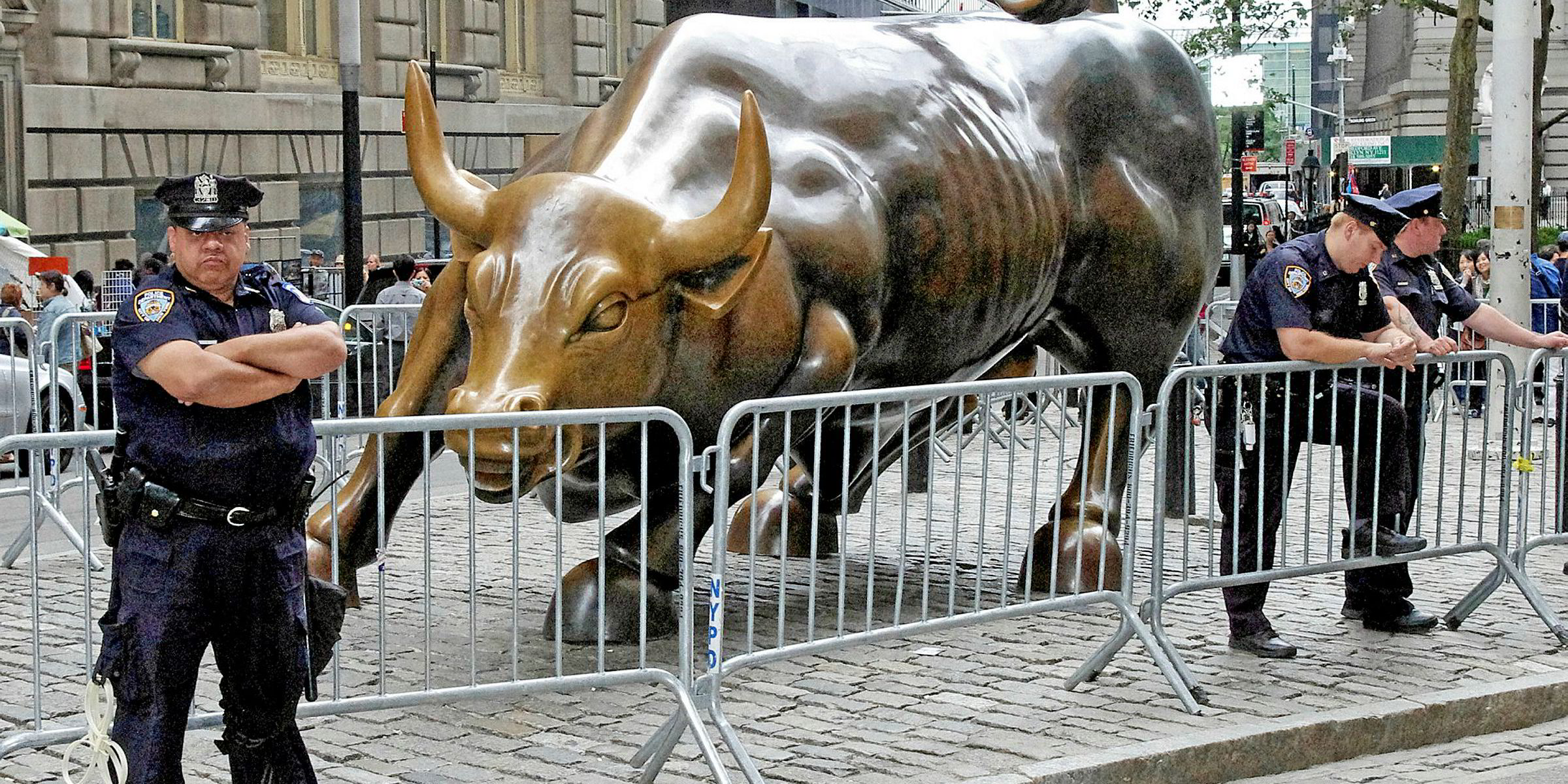A huge gap between the share prices and net asset values (NAVs) of New York-listed shipping stocks has largely closed over the past seven months amid a recovery in freight markets and investor interest.
A TradeWinds review of figures supplied by US investment bank Jefferies shows that dry bulk shares are now trading at 81% of NAV and tanker stocks at 92.4%, compared with 73.6% and 80.1% in January.
The gains are significant in that they move shipping back towards the conditions that must exist for capital markets activity to flourish in forms ranging from equity issues to mergers and acquisitions.
“Our inbound calls have certainly increased a lot over the last six weeks,” Jefferies maritime and energy analyst Randy Giveans tells TradeWinds.
“At the start of the year, you had a lot of investors sitting on the sidelines trying to avoid catching a falling knife. They were willing to miss the first 10%, 20%, even 30% of a recovery to avoid the risk of that knife.
Better fundamentals
“But now people are starting to notice the strength in the charter market, in better supply-demand fundamentals and in freight futures agreements. They see better fundamentals over the next 12 to 18 months. So instead of waiting for the companies to print really strong earnings, they’re getting ahead of the trend.”
NAVs rose between 4 January and 26 July, but those increases have been exceeded by the appreciation in share prices.

The composite NAVs of six dry bulk owners covered by Jefferies — Diana Shipping, Genco Shipping & Trading, Navios Maritime Partners, Scorpio Bulkers, Safe Bulkers and Star Bulk Carriers — was $7.62 per share in January and $10.71 in July, a 40% gain.
But their composite share prices rose from $5.23 to $8.31 — a 59% gain.
The 10 tanker companies in Jefferies’ tables are DHT Holdings, Euronav, Frontline, International Seaways, Nordic American Tankers, Teekay Tankers, Tsakos Energy Navigation, Ardmore Shipping, Capital Product Partners and Scorpio Tankers.
NAVs have not progressed a lot for that group: from $9.44 in January to $9.66 in July, a gain of 2.3%. Meanwhile, share prices climbed from $7 to $8.28, a rise of 18%.
In all cases, company NAVs have been calculated by Jefferies.
Giveans predicts that the tightening will continue heading into the IMO 2020 emissions regime.
“I think asset values will start ticking up in that environment, but I think stocks will respond equally or more so,” he says. “We believe that over the next six months, we’ll see a tightening of those spreads and that share prices will pick up faster than asset values.”
Why does it matter? From a capital markets perspective, initial public offerings have tended to happen when an existing group of listed companies trades above — sometimes well above — their NAVs. IPO hopefuls typically price at a “discount” to those valuations, but can still be even with their own NAVs or above.
New York has not seen a successful mainstream shipping IPO since Gener8 Maritime in June 2015. Conditions to open the IPO window require more than strong NAVs — investors typically demand a compelling story about future market strength — but new offerings are virtually impossible with an NAV gap.
It is not just about IPOs. Firming pricing to NAV can also affect follow-on issues of shares and even M&A activity, Giveans observes.
“A company is much more prone to issue shares at or above NAV,” he notes. “We should see an increase in capital markets activity and maybe asset plays and consolidation. Nobody wants to use their shares for that purpose at 40%, 50% or 60% of NAV. A tightening could lead to more consolidation.”





